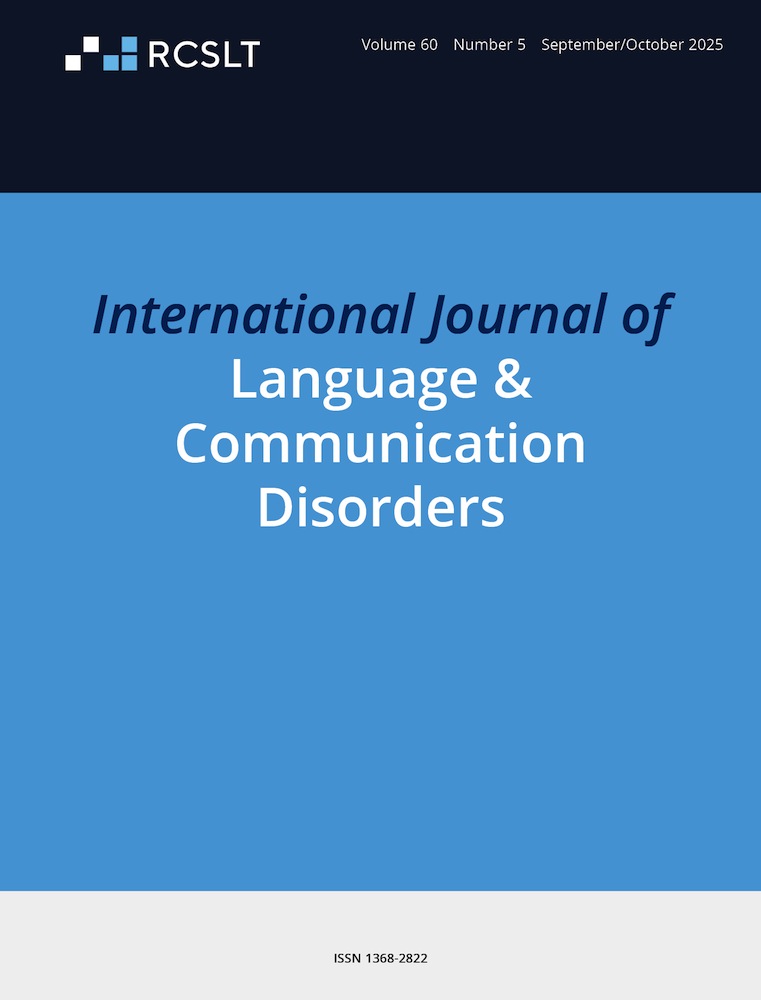Speech-production skills in children aged 3–7 years
Abstract
Background: In recent years, clinicians have been using a psycholinguistic approach to the assessment and remediation of children's developmental speech disorders. This requires the comparison of a child's performance across a range of speech-production tasks.
Aims: To describe the profile of performance across different speech-production tasks in normal development and to discuss the application of such data to clinical findings.
Methods & Procedures: Three speech-production tasks, picture naming, word repetition and non-word repetition, were presented to 100 children with normal speech development, aged between 3 and 7 years of age. The speech-processing demands of the different tasks were considered using a developmental speech-processing model. Stimuli used in the three task paradigms were carefully matched so that children's performance across the tasks could be directly compared.
Outcomes & Results: Within the context of normal speech development, there were significant improvements in performance for all three tasks as children get older. There were also significant differences in performance across the three tasks, and the pattern of these relationships changed with age. Significant differences were found in the accuracy of production of words of increasing length.
Conclusions: Profiles of speech-production task performance are presented within the context of normal development. Comparison of performance across three different speech-production tasks might provide useful insight into the nature of a child's speech disorder.




